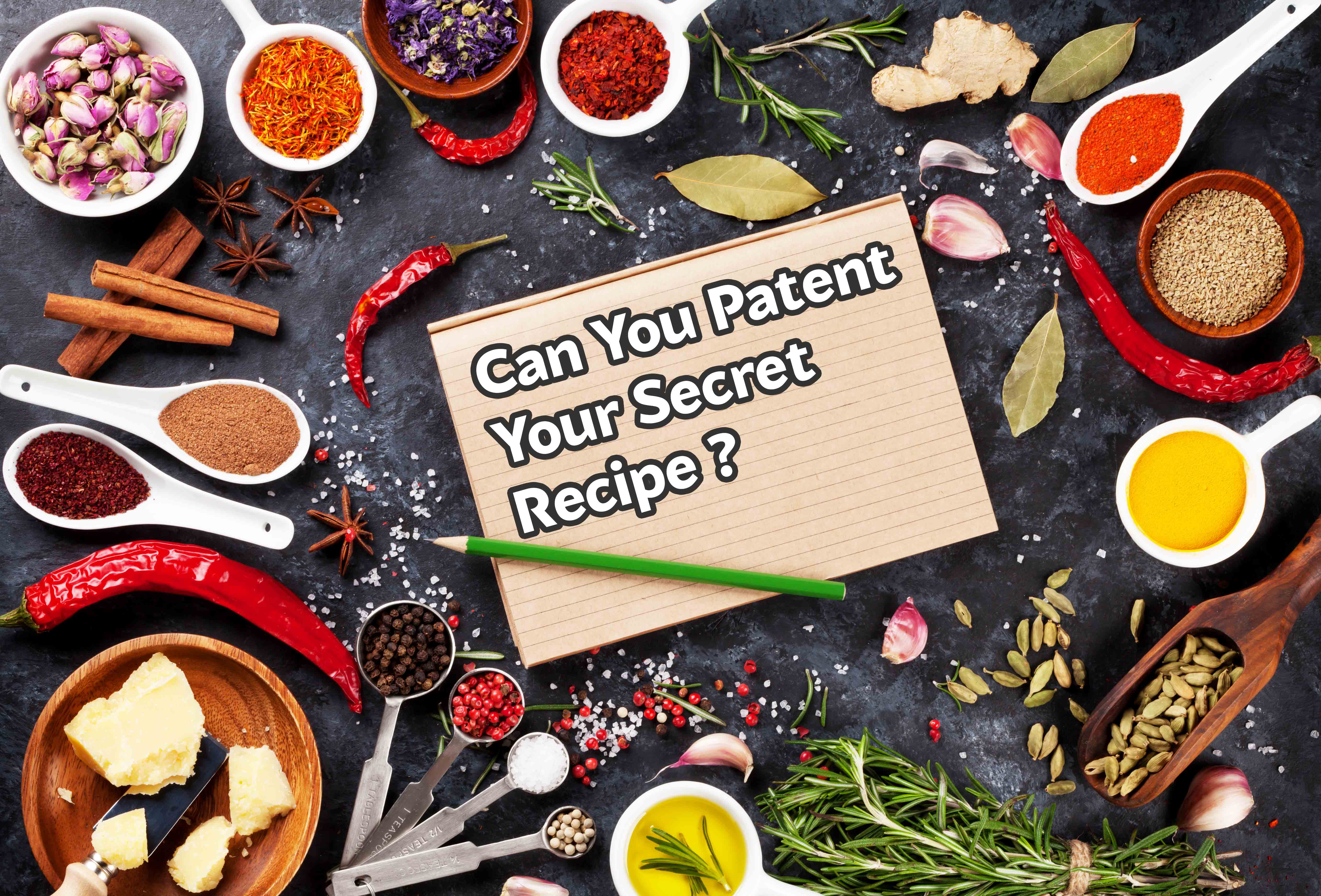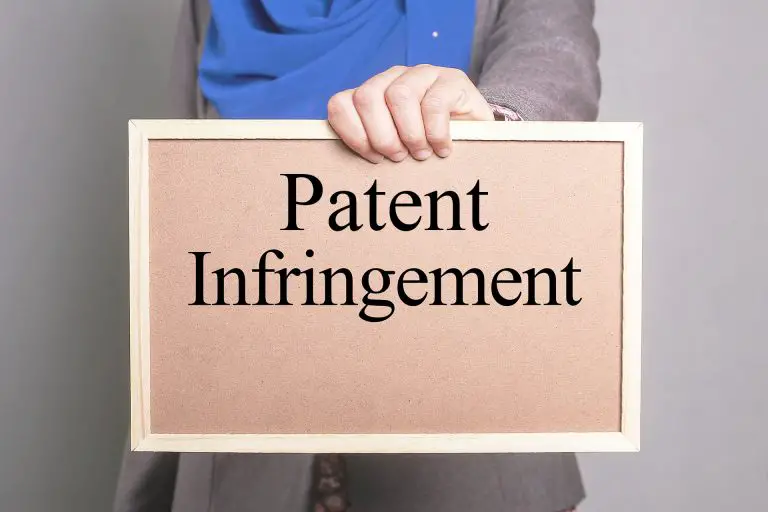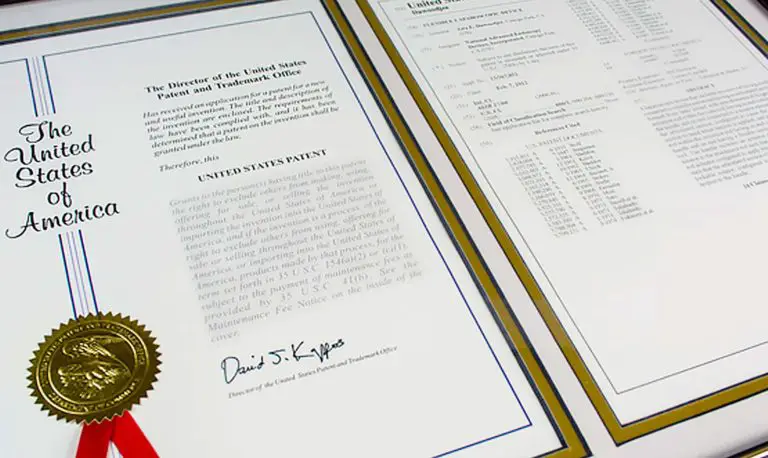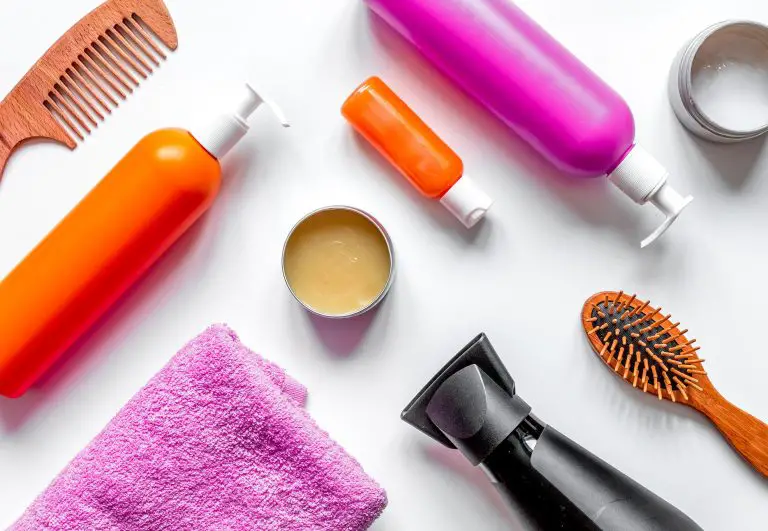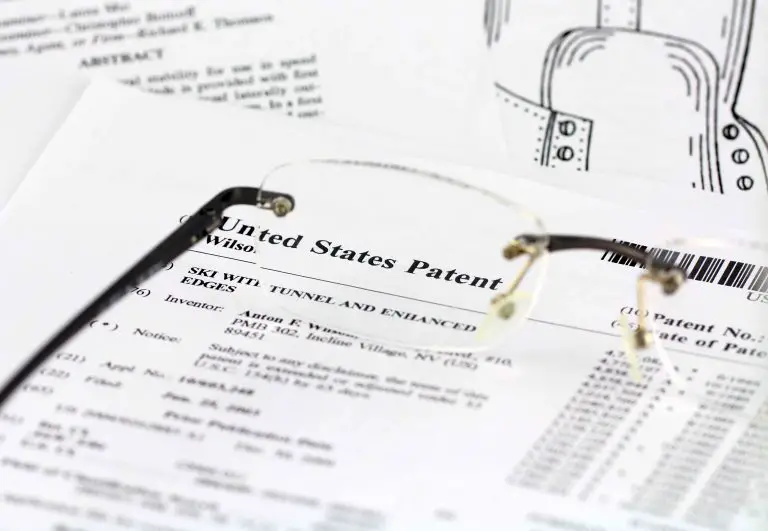Can You Patent a Recipe?
If you’ve been toiling away in the kitchen, and you’ve created the absolutely best cheesecake or French chicken casserole, you might be wondering if you can protect your creation by patenting your awesome recipe?
The USPTO (United States Patent and Trademark Office) grants inventors (in this case chefs) patents that allow them to restrict others from making, using, selling, or offering to sell their invention (recipe) for a limited period of time, usually 20 years in the case of utility patents. So, can you patent your favorite recipe? Read below to find out.
Can You Patent a Recipe?
The short answer is yes, you can patent a recipe in the United States by filing a utility patent application with the USPTO. However, you have to satisfy the requirements set forth by the patent office to be able to patent your awesome recipe.
If you have an awesome and innovative recipe on your hands, you can patent it with the USPTO, so what do you need to show to patent your recipe? To patent your recipe, you will have to show that your recipe is nonobvious, novel (new), and useful. We will discuss each of these in more detail below.
Chefs and cooks have been developing and creating awesome dishes for the longest time, so trying to prove that your recipe is novel (new) is one of the most difficult tasks you have to get your recipe patented. But, if your recipe is indeed unique, you might just be able to patent it and reap the benefits of owning the intellectual property right to your recipe.
So, where does the power to patent your recipe come from? It comes from 35 U.S. Code § 101. Inventions patentable.
Food recipes can qualify under this definition because they are useful and involve a composition of matter. There are three components to a recipe: ingredients that go into it, instructions on how to combine and/or cook the ingredients, as well as the final product resulting from a combination of ingredients. That said, we will all of the requirements you’ll have to satisfy to patent your recipe.
Requirements Summary to Patent Your Recipe
- Your invention (recipe) must contain patentable subject matter,
- Your Recipe must be novel (new)
- Your Recipe Must Be Nonobvious
- Your Recipe Must be Useful
#1 Your Recipe Must Contain Patentable Subject Matter
The patentable subject matter in a recipe contains ingredients and a certain method is used to prepare the ingredients, creating and how they’re cooked or prepared falls under a process, therefore, most recipes will qualify as patentable subject matter. In short, recipes probably wouldn’t be knocked down for not containing patentable subject matter. That said, recipes still need to satisfy the other requirements you’ll find below.
#2 Your Recipe Must be Novel
The novelty requirements simply means that your recipe is new. Under 35 U.S.C 102, a recipe must be novel, meaning to be patentable the invention (recipe) must have never existed before. When applying this requirement to recipes, it becomes more complicated. You might be thinking do the ingredients have to be new or does the combination of ingredients need to be new?
The short answer is that the combination of ingredients and the amount of ingredients has to be new. For example, adding more sugar to a cheesecake may make a cheesecake sweeter and adding peanut butter to a cheesecake may create a new type of cheesecake that no one has ever tasted before.
For you to be able to patent your recipe, you must ensure that no one else has already patented your recipe. To find out if someone has patented your recipe, you need to conduct a search of the USPTO Patent Database. In addition to the USPTO patent database search, you should search the internet to see if someone else has published the recipe you’re seeking to patent.
In the event that someone else has patented or published the recipe exactly as you created it, you may not be eligible to patent it, especially if someone else has already patented it before you did. Also, if someone else has published the recipe by, for example, posting it online, the patent office will deem the recipe published (disclosed) and no longer eligible for patent protection.
That said, if your recipe is in any way different from what’s been published or different from the recipes that have been patented, this is good news for you because you might be able to patent it, assuming that you satisfy the remaining requirements.
As part of the novelty inquiry, an inventor seeking to protect his recipe must not have publicly disclosed, sold, or offered the recipe to be protected for sale more than one year prior to filing a patent application with the USPTO. If you’ve disclosed your recipe more than a year ago, the patent office may prohibit you from patenting it.
#3 Your Recipe Must Be Nonobvious
To patent your recipe, you will have to show the patent office that your recipe was not obvious at the time you file your patent application. Said differently, if your recipe is obvious, such as if you were adding more strawberries to strawberry cheesecake, the patent examiner will say that it could have been thought of by anyone and therefore he will not grant your patent application.
When making the determination of whether a recipe is nonobvious, the recipe is examined by using a standard of an ordinary person in the field of the invention. For recipes, this is a skilled cook having ordinary skills in the field of the recipe. Adding one ingredient, such as cinnamon to cheesecake is usually never enough to make a recipe nonobvious because a cook preparing our hypothetical cheesecake could have easily thought of it.
The same goes for adding more sugar to cake to make it sweeter. It’s unlikely that the patent examiner would grant a patent based on this because it’s obvious to a skilled cook that adding more sugar makes a cake sweeter.
Your recipe has to have something unexpected added to it. The more different ingredients you add, the more likely you’ll be able to patent your recipe because it makes it less obvious to a skilled cook.
#4 Your Recipe Must Be Useful
Although most inventions are not challenged on the grounds they are not useful, we had to let you know that it is a requirement. Useful simply means that your recipe must provide some identifiable benefit and is capable of being used. So as long as you have a recipe that works, you’ve met this requirement.
We do have to point out that the description of your patent should explain how your recipe can be used. The chances of the patent office rejecting your recipe patent on the grounds that it is not useful is extremely rare, but you should describe how it’s useful to satisfy this requirement.
What Type of Patent Do You Need To Patent a Recipe?
If you want to protect your recipe, the type of patent you need is a utility patent. Utility patents protect new and useful inventions, recipes would fall under the definition of a utility patent. Utility patents protect new inventions, processes, and manufactured items. A food item would qualify as a manufactured item.
That said, if your food product is placed inside unique packaging, you can apply for a separate design patent to protect the product packaging. Design patents are significantly easier to obtain than utility patents. So, if you’re packaging is something that your customer finds important when purchasing your food item, consider patenting it using a design patent.
Hire a Patent Attorney to Patent Your Recipe
If you have a recipe that’s new, qualifies for a patent, and you know you can commercialize, you should hire a patent attorney to protect your recipe with a patent. Preparing and filing a patent application is not an easy task, especially if you don’t have experience preparing patent applications.
That said, it’s unheard of to hear about an inventor who has prepared, filed, and patented his own invention, it’s not an easy task. Making even seemingly minor mistakes could get your patent application rejected, requiring you to spend time and money fixing the mistake.
The USPTO even allows inventors to prepare and file their patent application on their own, they will even assist you with it. However, they do recommend that you hire a patent attorney or patent agent to assist you in preparing, filing, and communicating with the patent office.
If you don’t have the money to hire a patent attorney, you can hire a patent agent. Patent agents are qualified and licensed to prepare, file, and communicate on your behalf with the patent office. For more information on patent agents, click here. They could save you a ton of money while getting your recipe the same type of patent protection an attorney would.
How Much Does it Cost to Patent a Recipe?
Patenting a recipe costs between $5,000 to $8,000, depending on the complexity of the recipe or process involved. The cost is mostly related to attorney fees because you’ll probably need one to prepare and file your patent application with the patent office. You might need to pay more if your attorney needs to communicate with the patent office and make amendments to your patent application.
You can knock the cost down by hiring a qualified patent agent to prepare and file your patent application. As previously mentioned, patent agents are qualified and licensed to assist clients in preparing, filing, and communicating with the patent office on your behalf.
Here is a sample of costs you should expect to pay to patent your recipe:
- Utility patent application filing fee: $75
- Utility patent search fee: $165
- Utility patent examination fee: $190
- Attorneys Fee: $5,000
- Total Cost: $5,430
Protection You Get When You Patent a Recipe
If you’re successful in patenting your recipe, you will be able to exclude others from making, using, selling, offering to sell, and importing your recipe or food item to the United States for a limited period of time of 20 years. The 20-year patent term beings at the time you file your utility patent application with the USPTO.
During the 20 year patent term you may be able to become the only person using, making, and selling the patented recipe or food product while limiting the competition that you have. If you wish, you will be able to license your recipe to third parties to use or if you want you can sell it altogether. You have the right to do whatever you want with your intellectual property.
It’s important to note that if someone copies, steals, or uses your recipe, it’s not the USPTO’s job to take action against the infringer. Instead, you will need to actively look for parties that are making unauthorized use of your recipe and sue them for patent infringement.
Pros and Cons For Patenting Your Recipe
Here are some of the advantages (pros) and disadvantages (cons) of patenting your recipe:
Advantages (Pros)
- Protect your intellectual property
- Makes your recipe more valuable
- Ability to restrict competitors from using or selling your recipe
- Ability to recoupe expenses to make the recipe
- Ability to profit from your recipe
Disadvantages (Cons)
- Costs associated with patenting your recipe
- Time patenting requires
- Maintenance fees
- Complicated process to patent your recipe
Can You Get a Patent on a Recipe?
As we’ve mentioned previously, you can patent a recipe, but you will have to satisfy the requirements set forth by the patent office. We discussed the requirements, as well as the costs associated with patenting your recipe. If you have any general questions or comments, please feel free to leave them in the comments section below.

